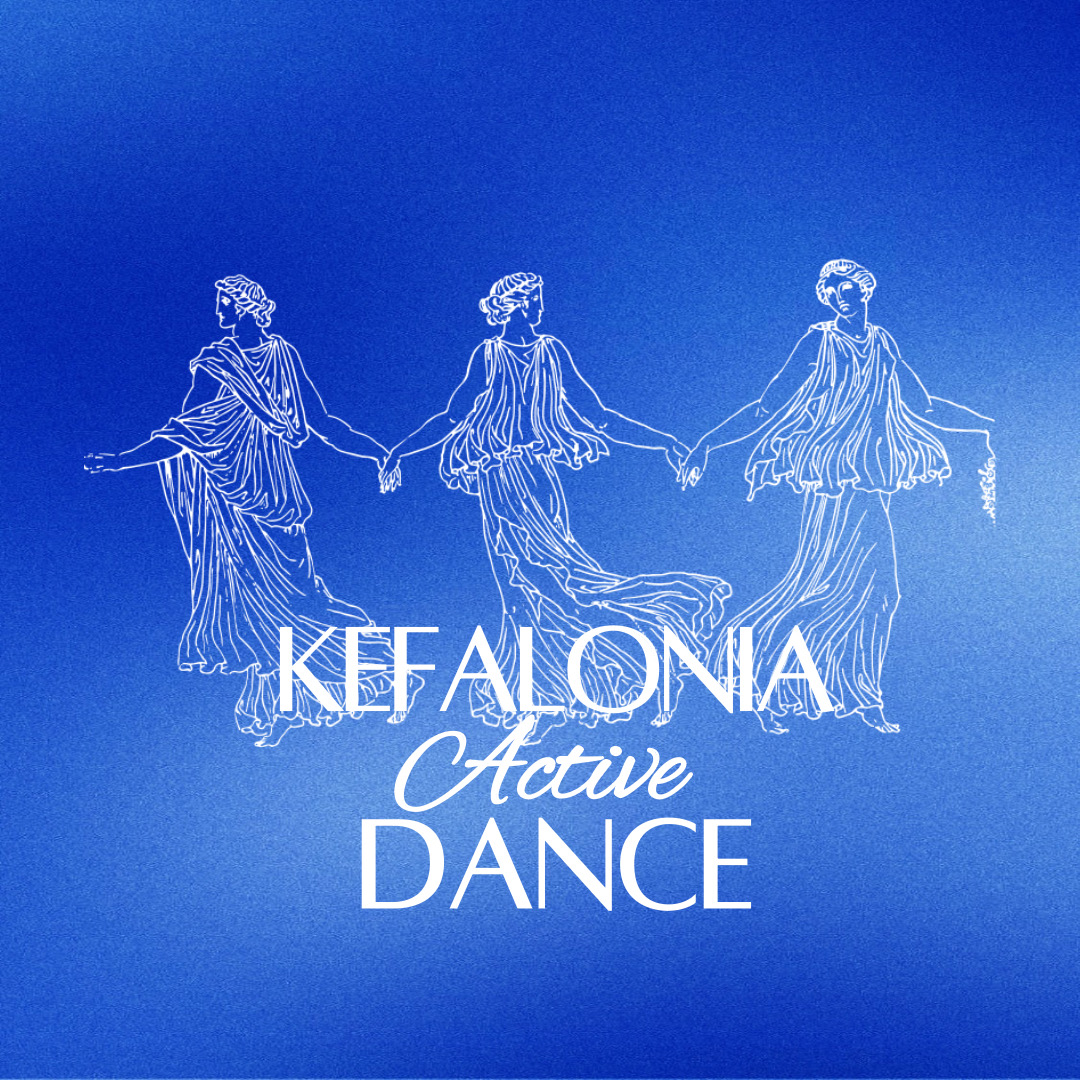Kefalonia is a hidden pearl in the Ionian Sea and the largest of the Ionian Islands in western Greece with an aesthetic landscape that is a highlight of its culture.
The island offers an exotic retreat with sparkling blue waters and golden sands surrounded by luscious vegetation. The civilization of the island of Kefalonia, apart from its Greek origins, is a mixture of the western and northern European culture due to the island’s many conquerors. This resulted that the art and literature were highly influenced mainly by western civilization. All these shaped the regions’ (the residents of Kefalonia are called Kefalonites) variegated culture. Therefore, Kefalonites are a region whose variegated culture is of Greek origin and European philosophy. According to historical recordings and memories, at the top of their priorities for their children, all families in Kefalonia had “studies” (education) and “art” (music, dance, theatre etc.). Since the union of Eptanisa islands (included Kefalonia) and Greece took place in 1864, Kefalonia watches and takes part in the global course of events as being a part of the greater Greece.
Argostoli is the capital of Kefalonia and lies on the shores of the notable Koutavos lagoon. Argostoli has a rich cultural and historical heritage that can be found throughout the region and the city, with several museums, a library, monuments and historical squares. Within sight of the town of Argostoli, Farsa is located on the eastern side of the Gulf of Argostoli. Farsa is the new village after the destruction of the old Farsa by the 1953 earthquake and the Second World War. Old Farsa is an idyllic place to visit and watch the sunset through the ruins of the abandoned but still lively houses.
